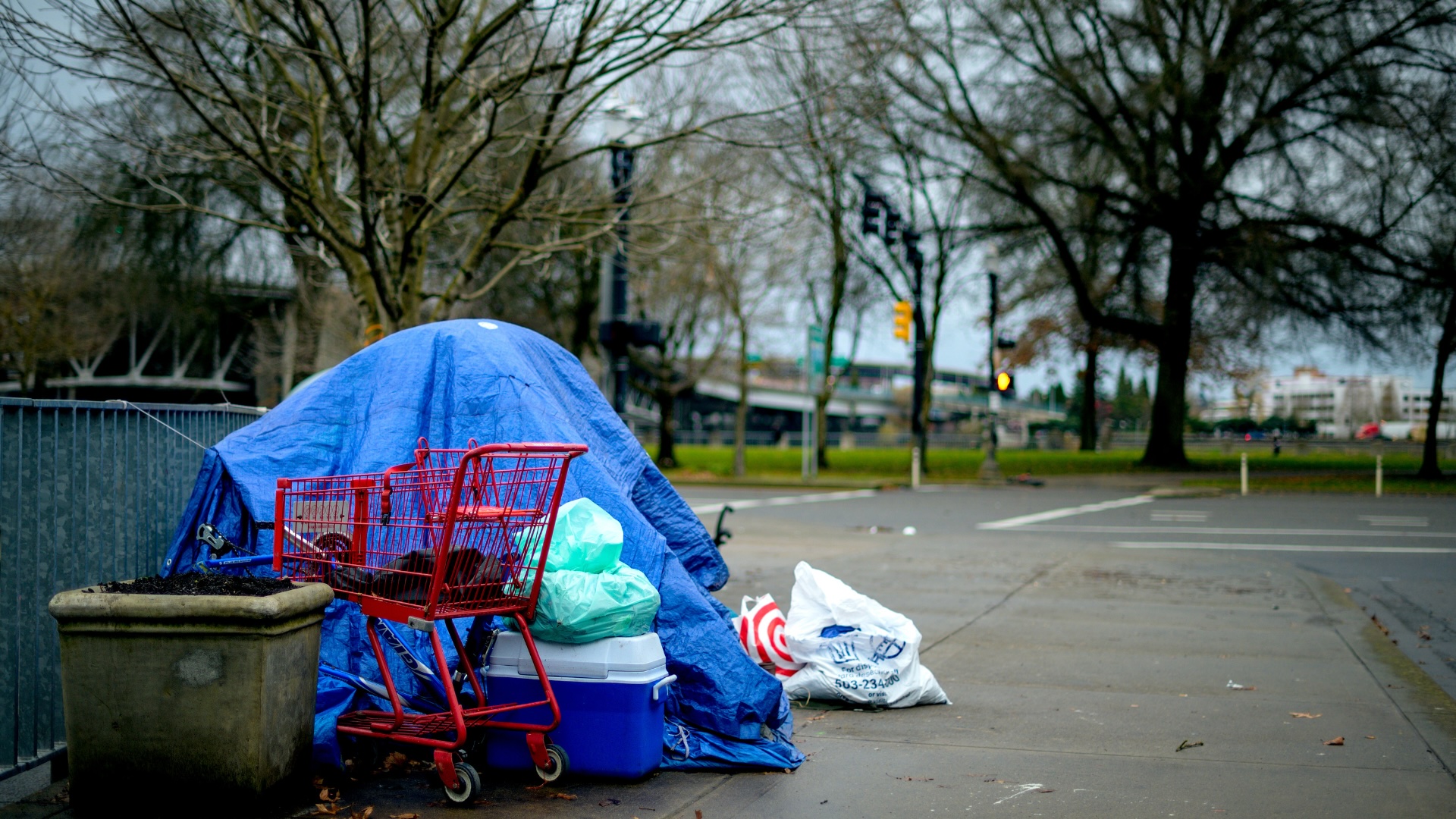The reason that Utah’s housing costs have skyrocketed is due to an insufficient supply of homes, as we’ve pointed out in previous articles. To stop this upward trend in price, we advocate for free market solutions that do not burden the taxpayers of Utah. The primary solution is rather simple: give property owners more freedom to build on their property.
While supply and demand is basic economics, some doubt that building more homes will have the positive effect needed on prices. However, as reported by KUTV, a downtown Salt Lake City apartment-building boom shows us what happens when the demand for housing in a particular area is met.
Takeaway #1: Rent Reduction
As the apartment complexes experienced vacancies, landlords had to make moves to attract tenants. An empty unit obviously hurts their bottom line, so what did some do? They offered the first month of rent free — effectively reducing the cost of rent for the tenant for the duration of the contract.
Takeaway #2: Rental Deposits Waived
Anyone who has paid a rental deposit knows how tenuous it can be to get the deposit back when the contract ends. Landlords use these deposits for a variety of reasons, so a willingness to forego them is another indication that landlords will take less money than they want to make — if supply and demand isn’t perpetually in their favor.
Takeaway #3: Stabilized Home Prices
While it’s nice to see that the demand for studio apartments in downtown Salt Lake City is met, this example also reveals what can happen when you build other types of housing throughout the state. For example, there is strong demand for a variety of home types — large, medium, small, etc. — in nearly every city and town in the state. If the market was allowed to build a greater variety of homes to meet the demand, we could end our 30,000-unit housing shortage and reap similar benefits to what is happening in downtown Salt Lake City.





